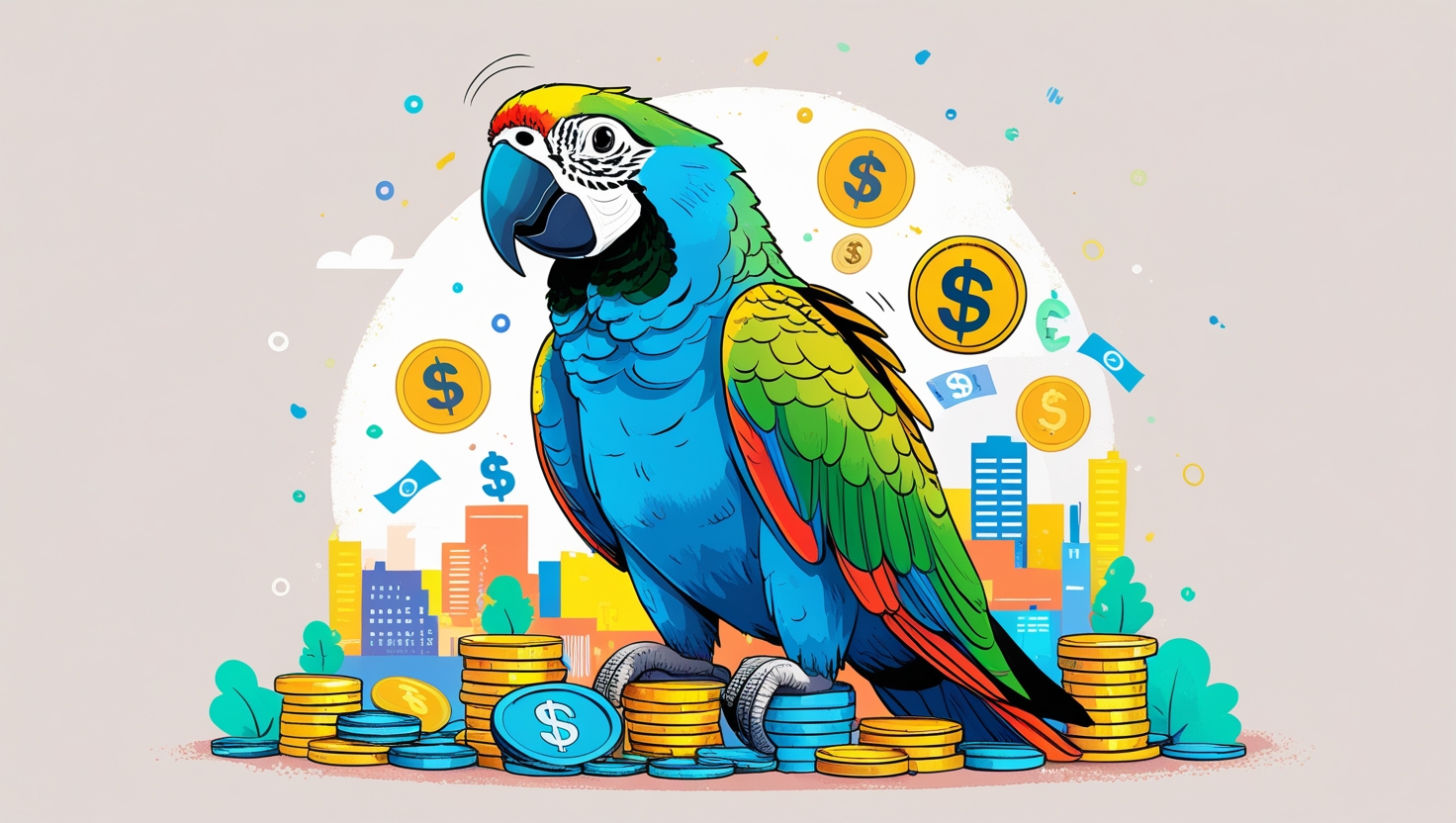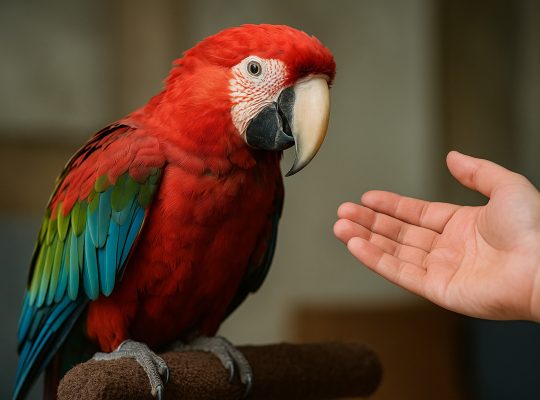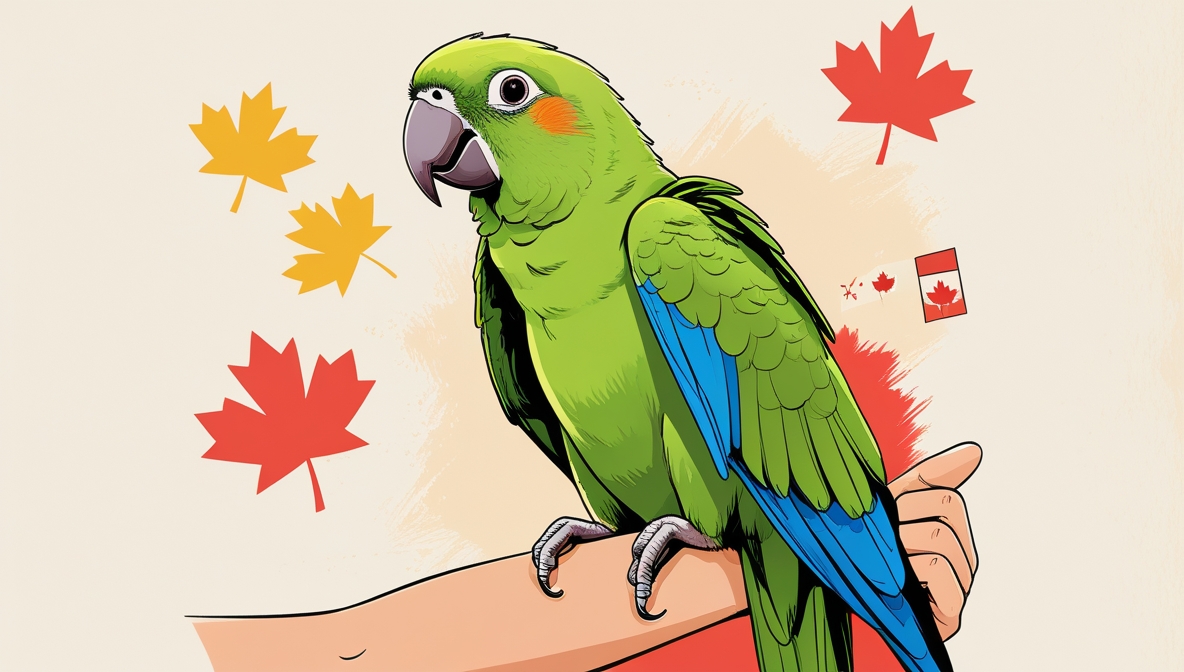Bringing a rescued parrot into your home requires more than love and good intentions. These intelligent and sensitive birds need a safe, stimulating, and supportive environment that allows them to recover, adapt, and thrive. Every detail from cage placement to household habits can impact their wellbeing. Knowing what to do and what to avoid helps ensure their transition is smooth and their trust in you grows steadily.
Dos: Creating the Right Environment
1. Choose a Proper Cage Size and Placement
Select a cage large enough for the parrot to stretch wings fully and move without restriction. Place it in a well-lit area with natural light cycles but away from direct drafts, air vents, and toxic kitchen fumes. Positioning the cage against a wall provides a sense of security.
2. Offer a Variety of Perches
Provide perches of different diameters and textures to promote foot health. Include natural wood branches free from pesticides. Rotate them occasionally to keep the environment stimulating.
3. Supply Safe Toys and Foraging Opportunities
Parrots thrive on mental engagement. Offer chew-safe toys, shreddable items, and puzzle feeders. Rotate toys weekly to prevent boredom and encourage natural problem-solving behaviors.
4. Maintain a Consistent Routine
Feed, interact, and allow sleep on a predictable schedule. Stability helps a rescued parrot feel safe and reduces stress-related behaviors like feather plucking.
5. Focus on Balanced Nutrition
Provide a diet that includes high-quality pellets, fresh vegetables, limited fruit, and occasional seeds or nuts as treats. Avoid processed foods, salty snacks, and caffeine.
6. Allow Gradual Socialization
Approach interaction at the bird’s pace. Use calm movements and soft speech. Offer treats from your hand before attempting physical contact.
7. Ensure Quiet Rest Periods
Parrots need 10 to 12 hours of uninterrupted sleep in a dim, quiet area. A sleep cage or a cover can help signal bedtime.
8. Schedule Regular Veterinary Care
Book an avian vet checkup soon after adoption. Annual visits and immediate attention for any health changes are vital.
If you adopt a parrot in Canada, look for an avian veterinarian experienced in working with rescued birds.
Don’ts: Avoiding Common Mistakes
1. Do Not Overwhelm With Attention
Constant handling or loud activity can cause anxiety. Give the bird space to retreat when it shows signs of stress such as fluffed feathers, rapid blinking, or turning away.
2. Avoid Using Non-Bird-Safe Cleaning Products
Strong chemicals, aerosol sprays, and scented candles release fumes that can harm a parrot’s respiratory system. Use mild, bird-safe cleaners.
3. Do Not Place the Cage in the Kitchen
Cooking fumes, smoke, and the risk of Teflon-coated cookware releasing toxic gases make kitchens dangerous for parrots.
4. Avoid Sudden Environmental Changes
Frequent rearranging of the cage or household furniture can unsettle a rescued parrot. Introduce changes gradually to reduce stress.
5. Do Not Rely on Seed-Only Diets
A seed-heavy diet can lead to nutritional deficiencies. Balance seeds with other nutrient-rich food sources.
6. Never Force Physical Interaction
Grabbing or restraining a parrot without necessity breaks trust and can cause injury. Let the bird initiate contact.
7. Avoid Exposure to Other Pets Without Supervision
Cats, dogs, and even other birds can pose risks. Supervised interactions only occur once the parrot is secure and comfortable.
8. Do Not Ignore Behavioral Cues
Biting, hissing, or screaming can indicate discomfort, fear, or boredom. Address the cause rather than punishing the bird.
Preparing Your Home Step-by-Step
Step 1: Assess and Remove Hazards
Check each room for electrical cords within reach, toxic plants, sharp objects, and open water sources such as sinks or fish tanks.
Step 2: Set Up the Cage Before Arrival
Ensure perches, toys, and food bowls are ready. Position food and water dishes where the bird can easily access them without contaminating them with droppings.
Step 3: Plan a Quarantine Space if Needed
If you own other birds, a quarantine period in a separate room helps prevent disease transmission.
Step 4: Prepare for Noise and Mess
Parrots are vocal and can be messy eaters. Place a mat under the cage and consider noise tolerance for both household members and neighbors.
Step 5: Stock Up on Supplies
Have extra perches, fresh food, toys, and cleaning tools on hand before the parrot arrives. Consistency from day one builds security.
Building Trust Over Time
Gaining a rescued parrot’s trust is an ongoing process. Use positive reinforcement with treats and gentle praise. Offer training sessions in short bursts to teach simple behaviors like stepping up onto your hand or returning to the cage. Respect boundaries and learn the bird’s comfort signals. Trust is earned through patience and consistency rather than forced compliance.
Long-Term Care and Enrichment
Keep introducing new safe foods to broaden dietary variety. Provide supervised out-of-cage time daily to encourage exercise. Stimulate the bird’s mind with trick training, safe branches for chewing, and occasional rearranging of cage accessories. Monitor weight, feather condition, and droppings as part of regular health checks.
Key Takeaways for a Safe and Happy Transition
- Offer a secure, enriching, and predictable environment
- Feed a balanced, nutrient-rich diet
- Avoid toxic hazards and unsafe interactions
- Respect the bird’s pace in bonding
- Maintain regular health monitoring and vet visits
A rescued parrot can flourish in a home that provides safety, patience, and mental stimulation. Thoughtful preparation reduces stress, strengthens trust, and sets the foundation for a long, healthy relationship.



